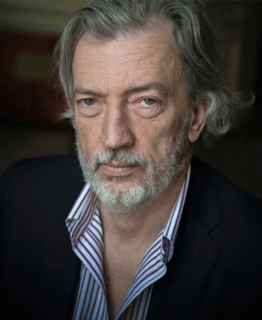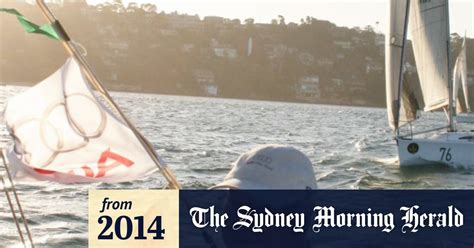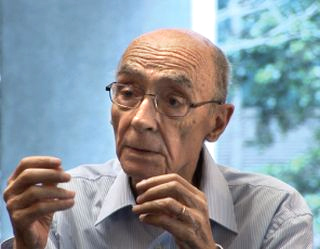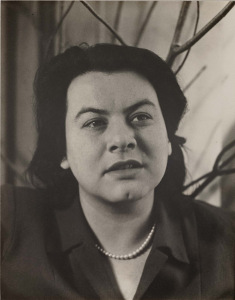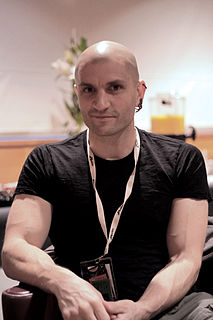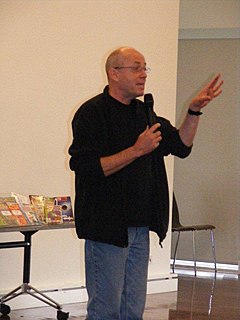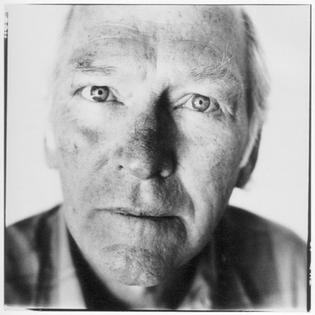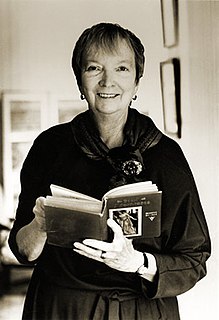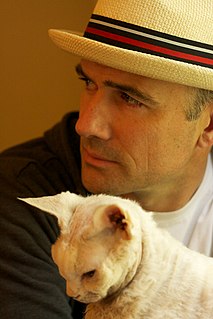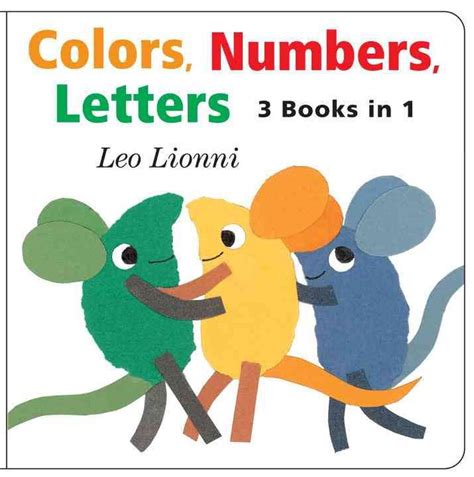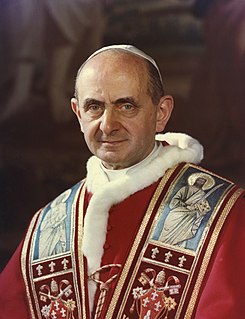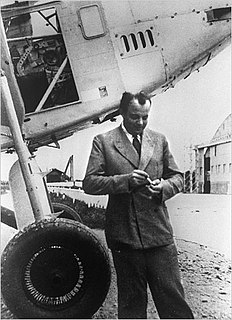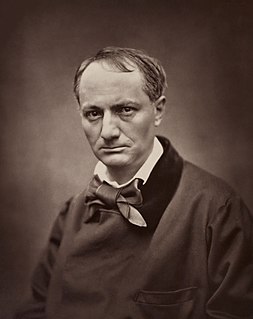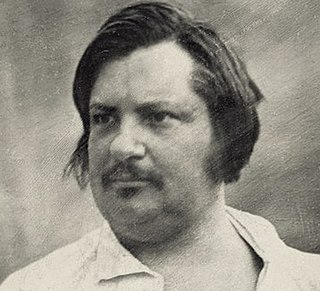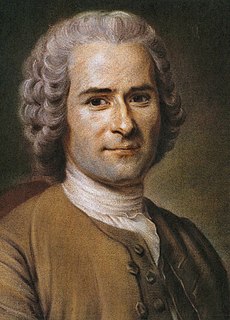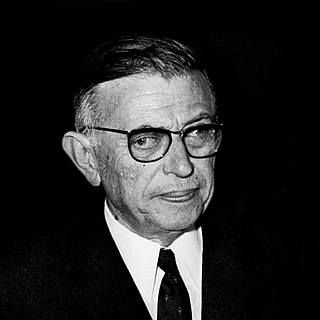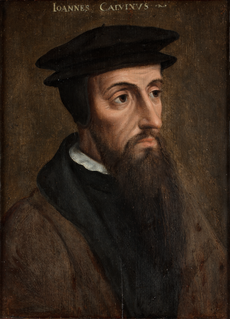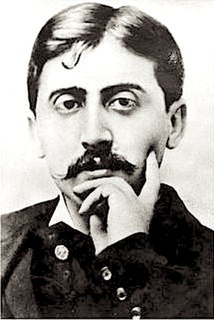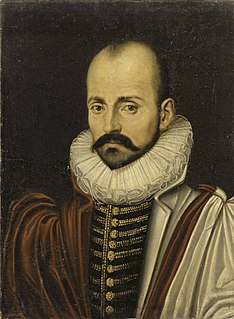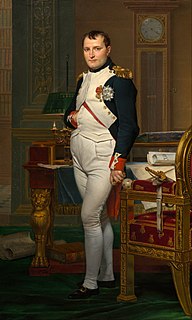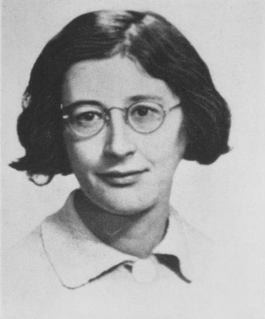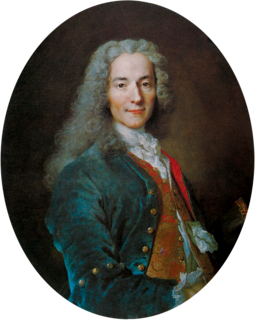A Quote by Jean-Marc Bustamante
The event is placed at such a distance, and contained, that these images move beyond the context in which they were made, the geographic setting, and so on, and engage the viewer in a one-to-one relationship solely through their physical presence.
Related Quotes
The education process is moving beyond the traditional classroom/lecture setting. More and more teachers are seeking tools and techniques to engage their classes and enrich their lessons. Video calling is one of these tools, as it removes barriers to communication and lets students move beyond the boundaries of their classrooms.
A lot of the pieces I've done over the years have involved alterations of scale and the idea of the viewer's relationship to the object and how we see things by either enlarging or reducing objects, it causes the viewer to look at them again. It's hard to do because our culture is so bombarded by images and media. How do you make something fresh for a viewer? That's a real challenge.
We are finally living in Plato's cave, if we consider how those who were imprisoned within the cave - who could do nothing but watch those shadows passing on the back wall - were convinced that those shadows were their one and only reality. I see a profound similarity to all this in the epoch we're now living in. We no longer live simply through images: we live through images that don't even exist, which are the result not of physical projection but of pure virtuality.
The statement of ideas in a poem may have to do with logic. More profoundly, it may be identified with the emotional progression of the poem, in terms of the music and images, so that the poem is alive throughout. Another, more fundamental statement in poetry, is made through the images themselves those declarations, evocative, exact, and musical, which move through time and are the actions of a poem.
Through a portrait, we can potentially see everything — the history and depth of a person's life, as well as evidence of a primal universal presence. I have dedicated my life and creative energy to capturing these transcendent moments in which a connection is made between the subject, the photographer, and the viewer.
When I'm writing a book, generally I start with the mood and setting, along with a couple of specific images?things that have come into my head, totally abstracted from any narrative, that I've fixated on. After that, I construct a world, or an area, into which that general setting, that atmosphere, and the specific images I've focused on can fit.
My mistakes made were learning how to work with different groups of people. I mean, I went to school at Berkeley, which is a pretty diverse group, but working in a professional setting, I hadn't really done that before and learning about office politics, learning about interactions between different people and I made a lot of mistakes there during my time as a young person. I was 19 or 20 at the time. So, I would say those were my biggest career mistakes, but fortunately they were made in the context of an engineering co-op program and not in a professional field.
I culled poetry from odors, sounds, faces, and ordinary events occurring around me. Breezes bulged me as if I were cloth; sounds nicked their marks on my nerves; objects made impressions on my sight as if in clay. There, in the soft language, life centered and ground itself in me and I was flowing with the grain of the universe. Language placed my life experiences in a new context, freeing me for the moment to become with air as air, with clouds as clouds, from which new associations arose to engage me in present life in a more purposeful way.
The images were gone, but Calvin was there, was with her, was part of her. She had moved beyond knowing him in sensory images to that place which is beyond images. Now she was kything Calvin, not red hair, or freckles, or eager blue eyes, or the glowing smile; nor was she hearing the deep voice with the occasional treble cracking; not any of this, but - Calvin. She was with Calvin, kything with every atom of her being, returning to him all the fortitude and endurance and hope which he had given her.
In our everyday garden grow the rosemary, juniper, ferns and plane trees, perfectly tangible and visible. For these plants that have an illusory relationship with us, which in no way alters their existentiality, we are merely an event, an accident, and our presence, which seems so solid, laden with gravity, is to them no more than a momentary void in motion through the air. Reality is a quality that belongs to them, and we can exercise no rights over it.
